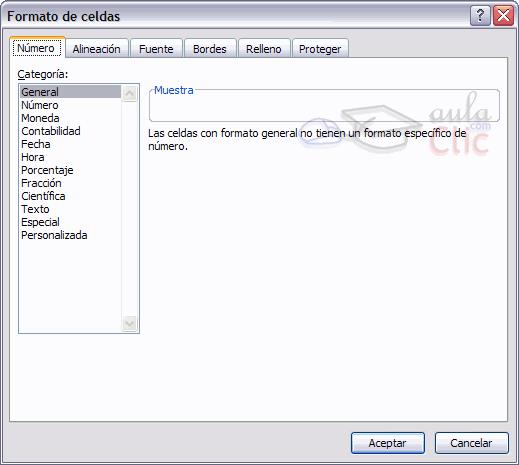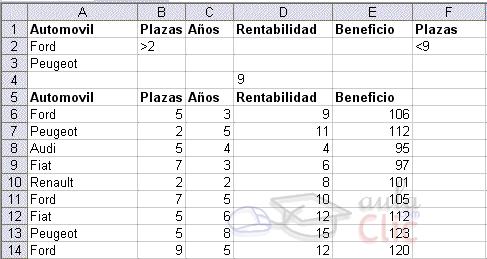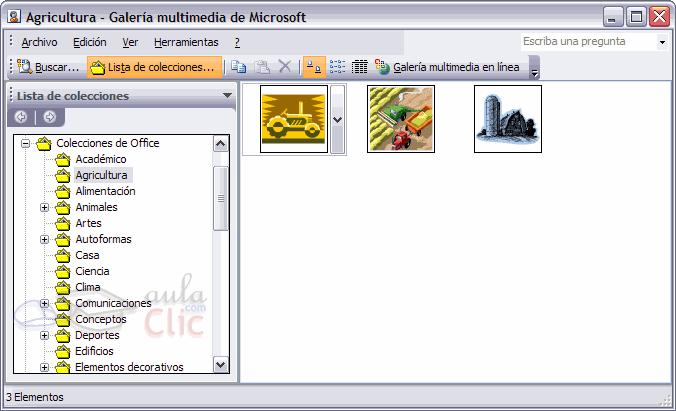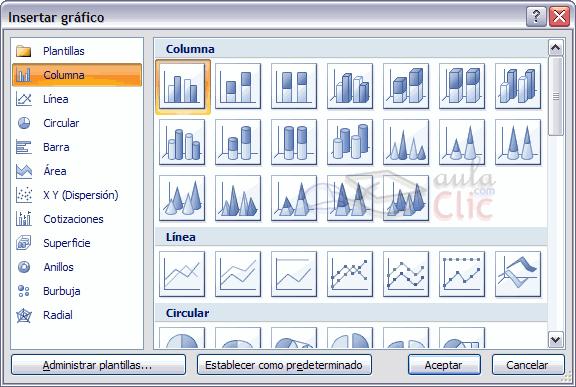
2 minute read
Chapter 4. Understanding Performance
from Bible07
Performance of a function on a given processor is limited by one of the following three factors; memory bandwidth, math bandwidth and latency.
Consider a simplified model where a function reads its input from memory, performs math operations, then writes its output to memory. Say time is spent in accessing memory, time is spent performing math operations. If we further assume that memory and math portions of different threads can be overlapped, the total time for the function is . The longer of the two times demonstrates what limits performance: If math time is longer we say that a function is math limited, if memory time is longer then it is memory limited
Advertisement
How much time is spent in memory or math operations depends on both the algorithm and its implementation, as well as the processor’s bandwidths. Memory time is equal to the number of bytes accessed in memory divided by the processor’s memory bandwidth. Math time is equal to the number of operations divided by the processor’s math bandwidth. Thus, on a given processor a given algorithm is math limited if which can be expressed as
By simple algebra, the inequality can be rearranged to
The left-hand side, the ratio of algorithm implementation operations and the number of bytes accessed, is known as the algorithm’s arithmetic intensity. The right-hand side, the ratio of a processor’s math and memory bandwidths, is sometimes called ops:byte ratio. Thus, an algorithm is math limited on a given processor if the algorithm’s arithmetic intensity is higher than the processor’s ops:byte ratio. Conversely, an algorithm is memory limited if its arithmetic intensity is lower than the processor’s ops:byte ratio.
Let’s consider some concrete examples from deep neural networks, listed in Table 1 below. For these examples, we will compare the algorithm’s arithmetic intensity to the ops:byte ratio on an NVIDIA Volta V100 GPU. V100 has a peak math rate of 125 FP16 Tensor TFLOPS, an offchip memory bandwidth of approx. 900 GB/s, and an on-chip L2 bandwidth of 3.1 TB/s, giving it a ops:byte ratio between 40 and 139, depending on the source of an operation’s data (on-chip or off-chip memory).
Table 1. Examples of neural network operations with their arithmetic intensities. Limiters assume FP16 data and an NVIDIA V100 GPU.
As the table shows, many common operations have low arithmetic intensities - sometimes only performing a single operation per two-byte element read from and written to memory. Note that this type of analysis is a simplification, as we’re counting only the algorithmic operations used. In practice, functions also contain instructions for operations not explicitly expressed in the algorithm, such as memory access instructions, address calculation instructions, control flow instructions, and so on.
The arithmetic intensity and ops:byte ratio analysis assumes that a workload is sufficiently large to saturate a given processor’s math and memory pipelines. However, if the workload is not large enough, or does not have sufficient parallelism, the processor will be under-utilized and performance will be limited by latency. For example, consider the launch of a single thread that will access 16 bytes and perform 16000 math operations. While the arithmetic intensity is 1000 FLOPS/B and the execution should be math-limited on a V100 GPU, creating only a single thread grossly under-utilizes the GPU, leaving nearly all of its math pipelines and execution resources idle. Furthermore, the arithmetic intensity calculation assumes that inputs and outputs are accessed from memory exactly once. It is not unusual for algorithm implementations to read input elements multiple times, which would effectively reduce arithmetic intensity. Thus, the arithmetic intensity is a first-order approximation; profiler information should be used if more accurate analysis is needed.








